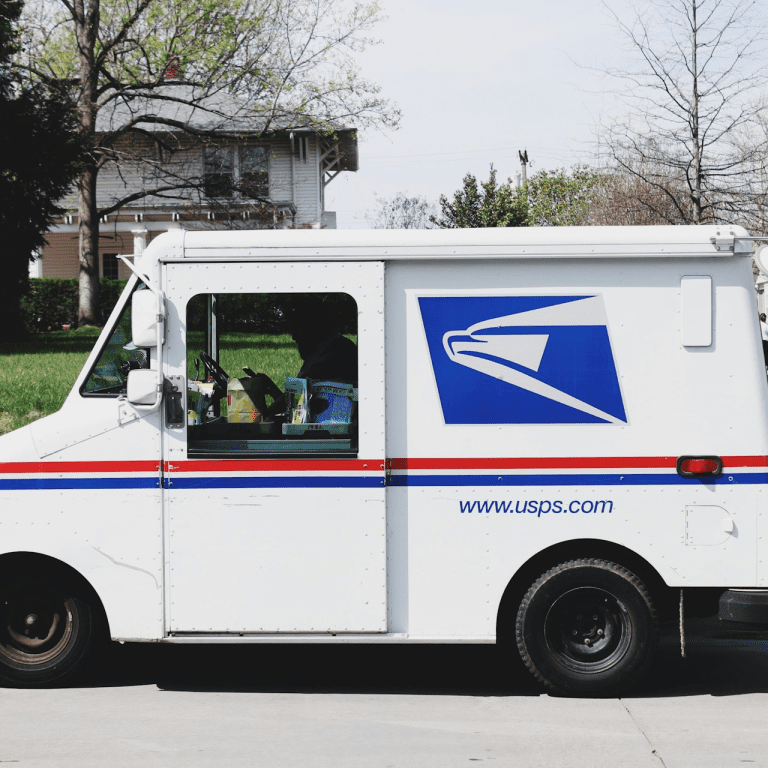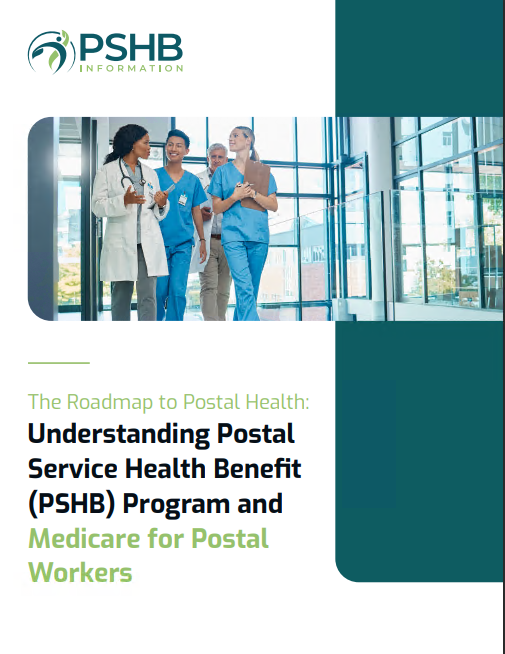Key Takeaways:
-
The PSHB premiums structure differs from what postal workers paid under FEHB, with government contributions playing a key role in determining out-of-pocket costs.
-
Understanding PSHB premiums, deductibles, and cost-sharing is essential for making informed decisions about health coverage in 2025.
What PSHB Premiums Cover
The Postal Service Health Benefits (PSHB) program has introduced a new way for postal workers, retirees, and their families to access health insurance. If you’re familiar with the Federal Employees Health Benefits (FEHB) program, PSHB premiums might feel like a big change, but the basics of what your premiums cover remain similar. Let’s break it down so you know exactly what’s included in your PSHB plan.
Medical Coverage
Your PSHB premiums include essential medical coverage for things like:
-
Doctor Visits: Both primary care and specialists.
-
Preventive Care: Screenings, vaccinations, and annual checkups are often covered in full when you use in-network providers.
-
Hospital Services: Inpatient and outpatient services, including surgeries, emergency care, and lab tests.
Prescription Drug Benefits
One of the key aspects of PSHB premiums is the inclusion of prescription drug coverage. For those eligible for Medicare, this is tied to Medicare Part D. Your PSHB plan will handle prescription costs through either a co-payment or coinsurance structure, often with tiered pricing based on whether your medications are generic, brand-name, or specialty drugs.
Mental Health and Wellness Services
Mental health services, including therapy sessions, substance use treatments, and inpatient psychiatric care, are part of PSHB premiums. These benefits align with what postal workers previously had under FEHB but may now be structured differently in terms of cost-sharing.
Vision and Dental Coverage
While PSHB premiums don’t always include vision and dental as standard, many plans offer them as supplemental benefits. Some plans even bundle these into their premiums for added convenience.
Preventive and Chronic Care Management
If you’re managing a chronic condition like diabetes or hypertension, your PSHB premiums also contribute to services like care coordination, disease management programs, and access to specialists.
How PSHB Premiums Are Structured
Employee Contributions
Under PSHB, the government covers about 70% of your premium costs, leaving you to pay the remaining 30%. This split hasn’t changed much from what you’re used to under FEHB. However, the exact dollar amount of your contributions depends on the specific plan you select and whether you choose coverage for yourself, yourself plus one, or your family.
Factors That Affect Premiums
Several factors influence how much you’ll pay in premiums under PSHB, including:
-
Coverage Level: Self Only, Self Plus One, or Self and Family.
-
Plan Type: High-deductible plans tend to have lower premiums but higher out-of-pocket costs, while comprehensive plans may have higher premiums with lower deductibles.
-
Geographic Location: Some regions have higher healthcare costs, which can affect your premiums.
Open Season Decisions
During Open Season, which runs annually from November to mid-December, you can review and compare PSHB plans to find one that suits your budget and healthcare needs. It’s a crucial period to make any changes to your coverage, as outside of Open Season, you can only adjust your plan if you experience a qualifying life event.
Comparing PSHB to FEHB Premiums
Premium Rates
When comparing PSHB to FEHB, the premium rates are relatively similar at first glance. Both programs rely on a shared cost model between the government and employees. However, there are some notable differences in how premiums are calculated and the benefits they include.
-
Increased Government Contribution: PSHB plans have been designed to align closely with Medicare for eligible retirees. This reduces overall costs for the program and may reflect in lower premiums for some participants, particularly retirees enrolled in Medicare Part B.
-
Broader Plan Options: While FEHB offered a wide array of plans, PSHB’s options are tailored specifically to postal workers. This can simplify decision-making but also means you’ll need to carefully review the available plans to ensure they meet your needs.
Deductibles and Out-of-Pocket Costs
One significant difference you’ll notice is the deductible and out-of-pocket maximum structure under PSHB compared to FEHB. Many PSHB plans offer competitive deductibles, but it’s important to verify how much you’ll be responsible for before your insurance kicks in. Additionally, some PSHB plans offer out-of-pocket caps that can be lower than those under FEHB, especially for retirees with Medicare.
Cost-Saving Opportunities with PSHB
Coordination with Medicare
If you’re a retiree eligible for Medicare, PSHB premiums are designed to work seamlessly with Medicare Part B. This coordination can lead to substantial savings, as many PSHB plans reduce or waive deductibles and coinsurance for enrollees with Medicare. Some plans even reimburse part of your Medicare Part B premiums.
High-Deductible Health Plans (HDHPs) and HSAs
Certain PSHB plans offer high-deductible options paired with Health Savings Accounts (HSAs). If you choose an HDHP, you can save on premiums while setting aside pre-tax dollars in your HSA to cover future medical expenses. This can be a great option if you’re generally healthy and don’t expect significant medical costs.
Flexible Pharmacy Benefits
Many PSHB plans include generous pharmacy benefits, especially for those enrolled in Medicare. Look for plans that offer tiered drug pricing, as this can help you save on long-term prescriptions or specialty medications.
Making the Transition from FEHB to PSHB
Enrollment Deadlines
If you haven’t already made the switch, be aware that the transition from FEHB to PSHB is mandatory for postal workers and retirees starting in 2025. If you don’t select a plan during Open Season, you’ll be automatically enrolled in one that’s considered comparable to your previous FEHB coverage. However, it’s always better to actively choose a plan to ensure it meets your specific needs.
Qualifying Life Events
Outside of Open Season, you can only change your PSHB coverage if you experience a qualifying life event, such as marriage, the birth of a child, or retirement. Make sure to report these events promptly to adjust your coverage accordingly.
Resources for Comparing Plans
To make the best decision, take advantage of resources provided by the Office of Personnel Management (OPM) and your HR department. They’ll have detailed plan brochures and comparison tools to help you weigh your options. Understanding the full scope of premiums, deductibles, and cost-sharing is key to selecting the right plan.
Why Understanding PSHB Premiums Matters
The shift from FEHB to PSHB might feel overwhelming at first, but understanding what’s included in your premiums and how they compare to your previous coverage can help you navigate this new system with confidence. Take the time to evaluate your healthcare needs, review the available plans, and consider factors like deductibles, out-of-pocket maximums, and coordination with Medicare. By staying informed, you can ensure that your PSHB coverage provides the care you need without breaking the bank.
A New Era of Healthcare for Postal Workers
The PSHB program marks a significant shift in how postal workers and retirees access healthcare benefits. While there are some differences compared to FEHB, the core principles of shared costs and comprehensive coverage remain intact. By understanding the details of PSHB premiums and how they’re structured, you’ll be better equipped to make informed decisions about your health coverage in 2025 and beyond.









